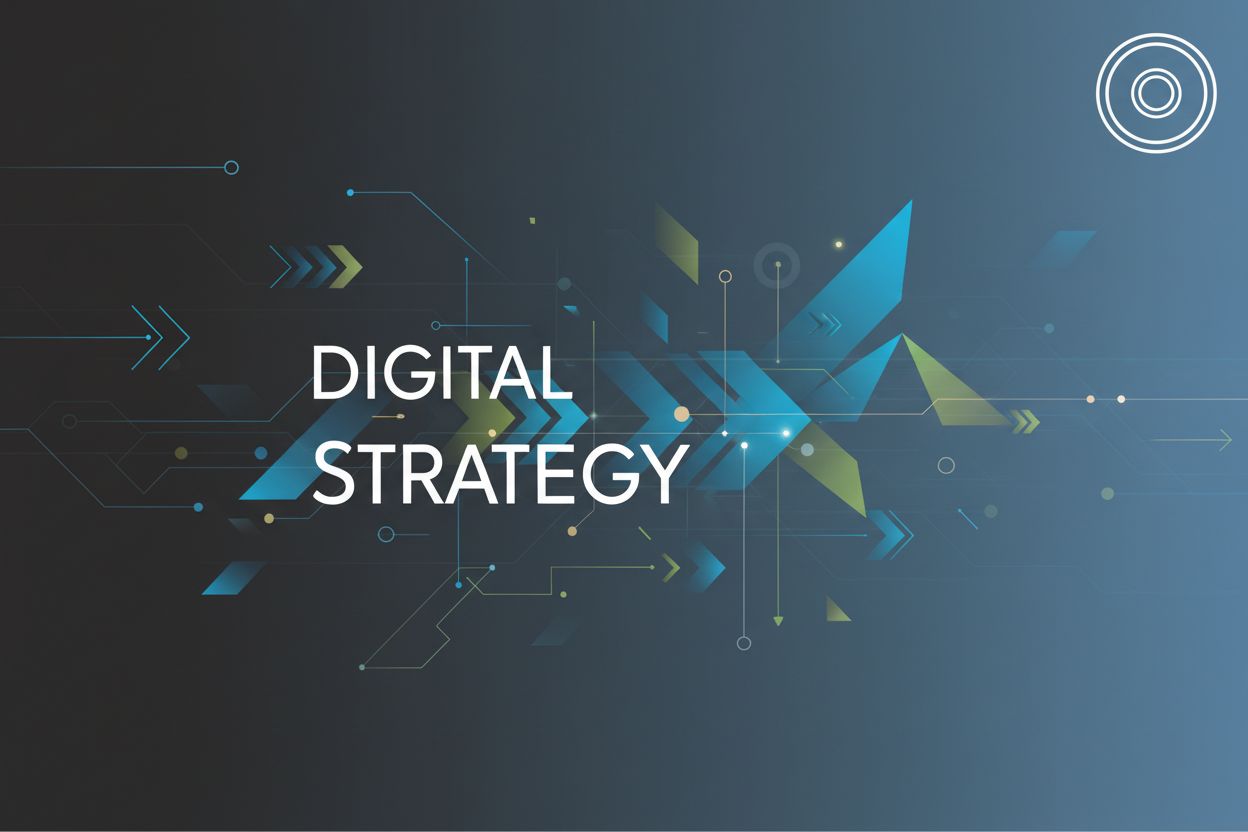Unlock Digital ROI A Framework for Measuring Transformation Success
TL;DR
The Imperative of Measuring ROI in Digital Transformation
Digital transformation, it's kinda a big deal, right? But, how do you really know if it's, like, working? Turns out, it all boils down to measuring your return on investment, or roi.
So- why is measuring roi so important anyway? Well, for starters:
- It ensures strategic alignment so you know your digital efforts is actually helping the business hit its goals. Think, a healthcare provider using telehealth to improve patient outcomes, not just 'cause its trendy.
- roi data helps you justify those hefty investments to the ceo and other stakeholders, showing em' the value of that new martech stack.
- With real data, you can make data-driven decisions instead of relying on gut feelings when it comes to resource allocation. You wouldn't keep throwing money at a failing ad campaign, would you?
- it drives continuous improvement; you can keep tweaking stuff and optimizing for better results.
Without measuring roi, you're basically driving blindfolded, and nobody wants that.
Now, let's talk about what happens if you don't bother with roi analysis. Prepare for some potential disasters. You might end up wasting resources on initiatives that don't even work, lacking clear direction (like a rudderless ship), and being unable to show the boss upstairs what all your digital efforts are worth.
Ready to dive in and figure out some practical ways to measure roi?
A Robust Framework for ROI Measurement
Alright, so you wanna build a framework for measuring roi? Cool, let's get into it – it ain't rocket science, but you gotta be organized.
First things first, you need to figure out what the heck you're measuring in the first place. What's the point of this whole digital shebang, anyway?
Set some goals, y'know? make them SMART – Specific, Measurable, Achievable, Relevant, and Time-bound. You can't just say "increase customer satisfaction" – that's way too vague.
- For example, if you're in marketing, maybe your kpi is increasing lead generation by 20% in the next quarter.
- Operations? Maybe it's cutting down process times by 15% through automation.
- And for customer experience; it could be boosting your net promoter score (nps) by 10 points within six months.
See, like this a telehealth provider might aim to reduce patient readmission rates by 10% within a year using their new digital platform (that's specific and measurable). it's gotta tie back to the overall strategy, so make sure the ceo is on board- or at least understands why you are doing this.
Oh, and hey, if you're looking to boost your brand while you're at it, GetDigitize can help you out with developing a brand identity and make sure your brand is consistent across all channels.
Next up, we’ll dive into picking out the right tools for the job, so you can, ya know, actually see the results.
Overcoming Common Challenges in ROI Measurement
Data challenges got you down? You aren't alone, trust me. Measuring roi in digital transformation is tricky business, and there's some common roadblocks folks stumble upon.
- Data silos can really mess things up – like if your marketing data don't talk to your sales data, how's you gonna see the whole picture? Think of a global retailer struggle to merge online and in-store sales data. api's and data warehouses are key!
- Attribution is another beast. Which initiative really drove that sale? Is it the first ad they saw, the email they opened- or something else? Try a/b testing to get a better picture.
- Some benefits are just hard to put a number on. Like, how do you measure improved employee morale after rolling out a new collaboration tool?
Don't worry, we'll figure out how to untangle these knots, one step at a time. Next up: Data Silos and Integration Issues- or something like that.
Best Practices for Maximizing Digital Transformation ROI
Alright, let's wrap this up, yeah? Digital transformation roi, it's not just a buzzword, it's about actually seeing results. So, how do you keep things on track?
Gotta clearly define what you're hoping to achieve with this whole digital shebang. What are the goals, the kpis, the whole point of it all?
Then, map out how you're gonna gets there, y'know? A roadmap with specific milestones.
and- make sure everyone's on the same page- from the ceo to the interns. Alignment's important.
Invest in some good data analytics tools- so you can actually see what's working and what ain't.
Then, empower your employees to use that data to make decisions; don't just leave it to the data scientists.
And hey, be willing to experiment and learn from your mistakes. It's all part of the process.
Make sure your digital tools and processes are actually easy and intuitive to use.
Collect user feedback and actually use it to improve things.
And don't forget about accessibility; make sure everyone can use your stuff.
It's a wrap!
On to the next article.




